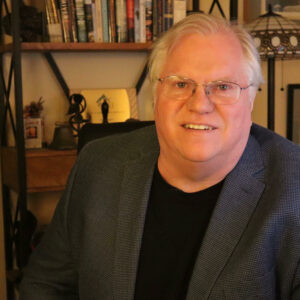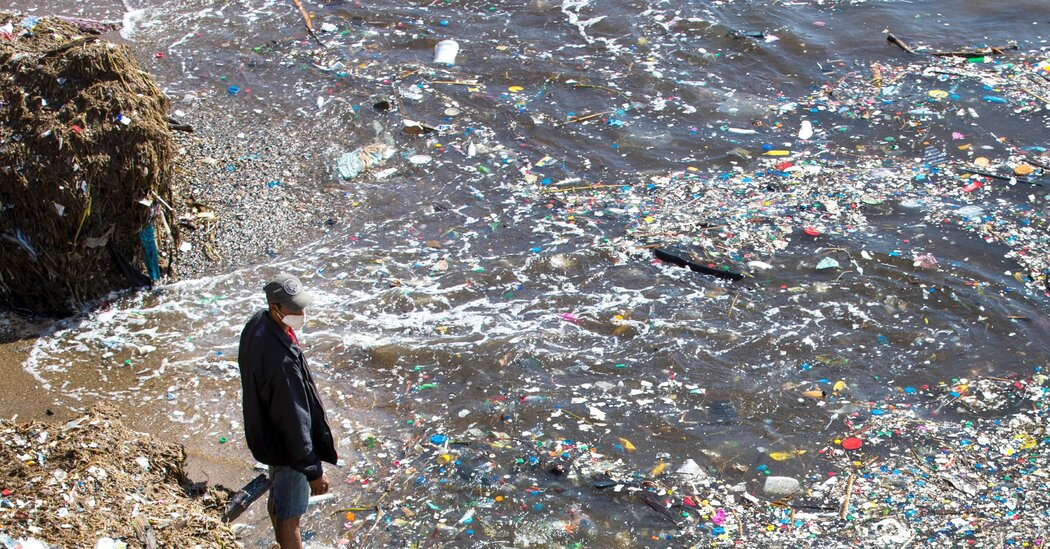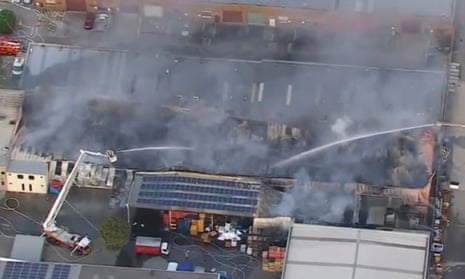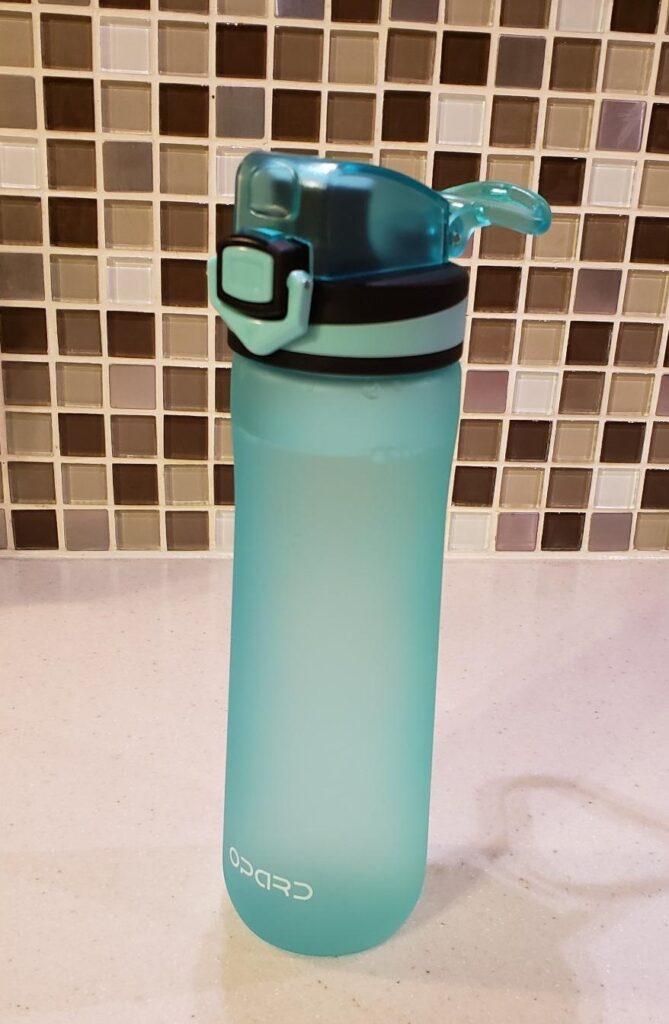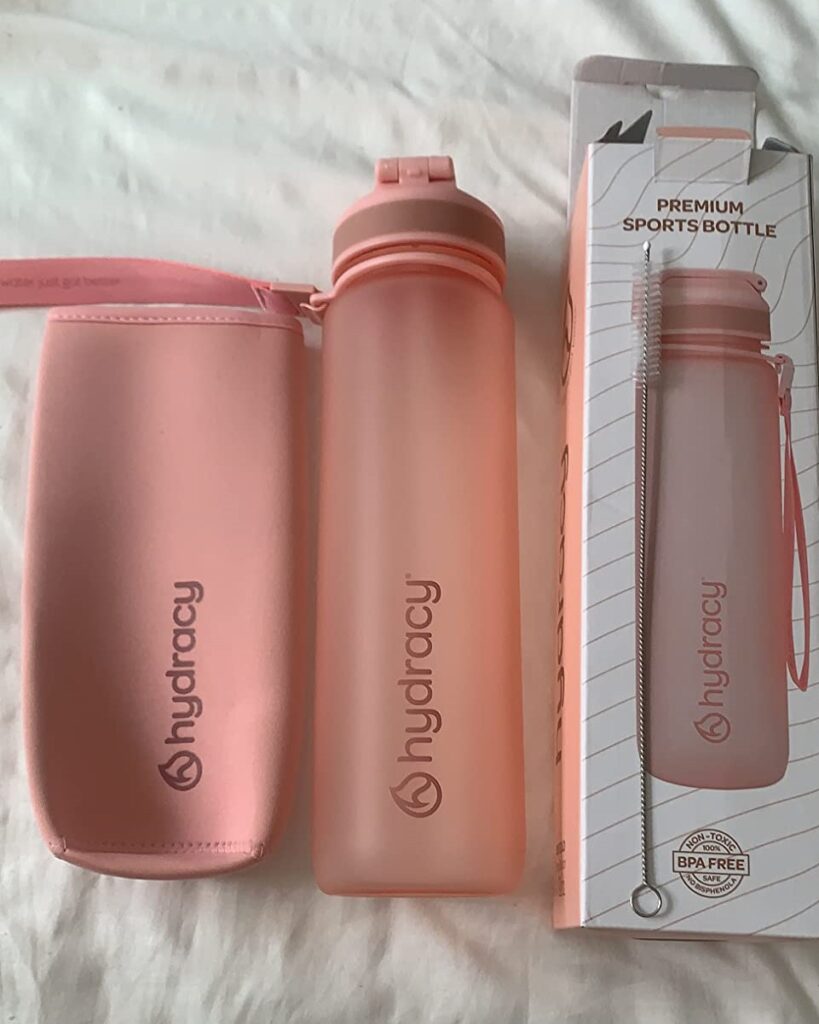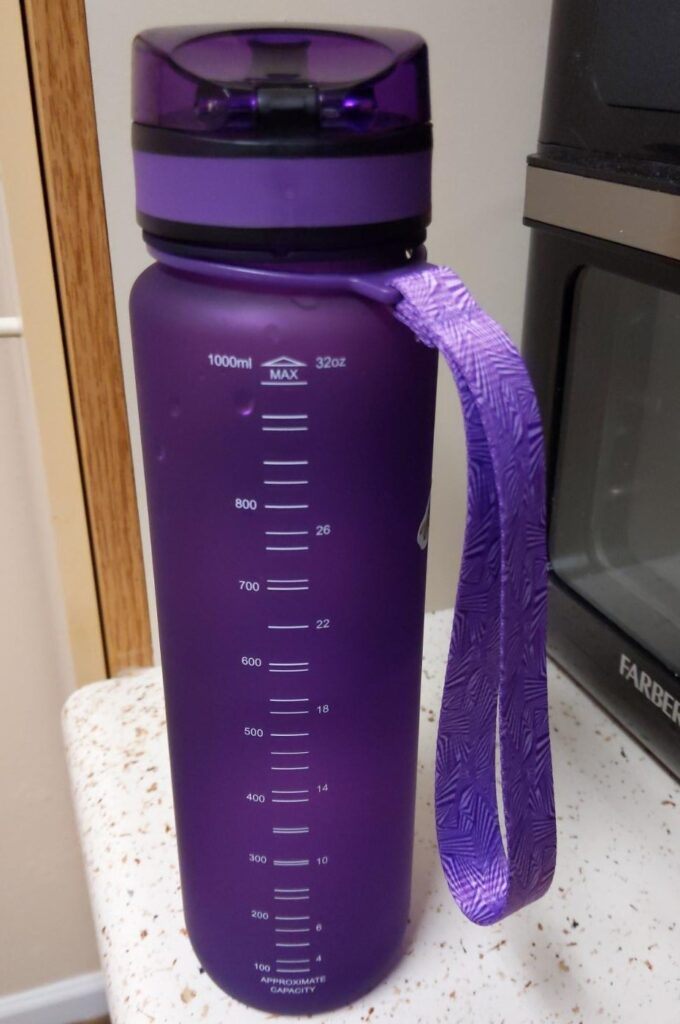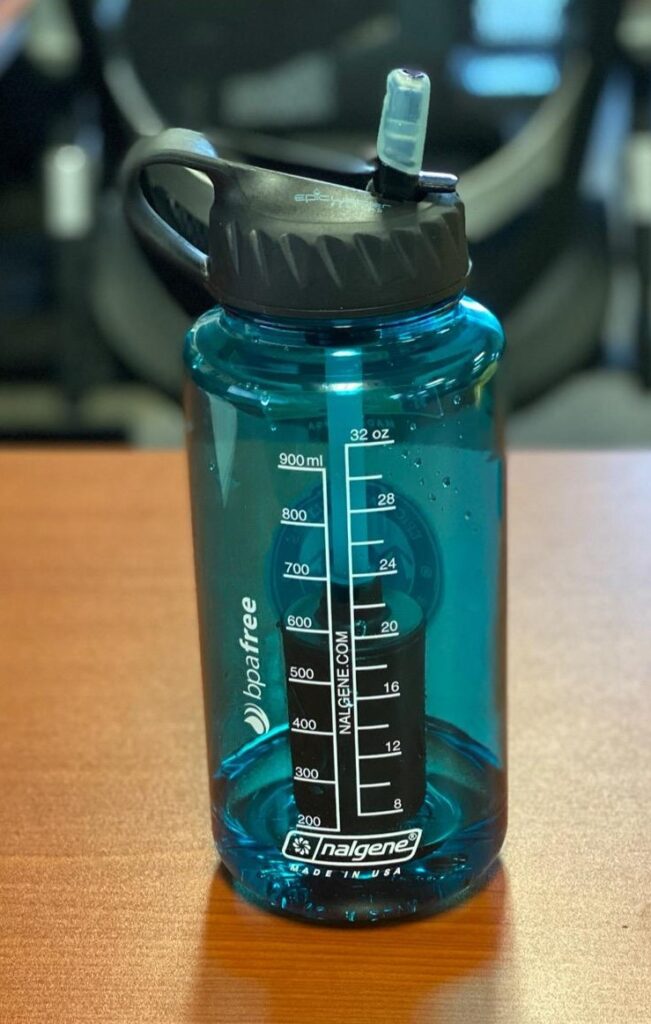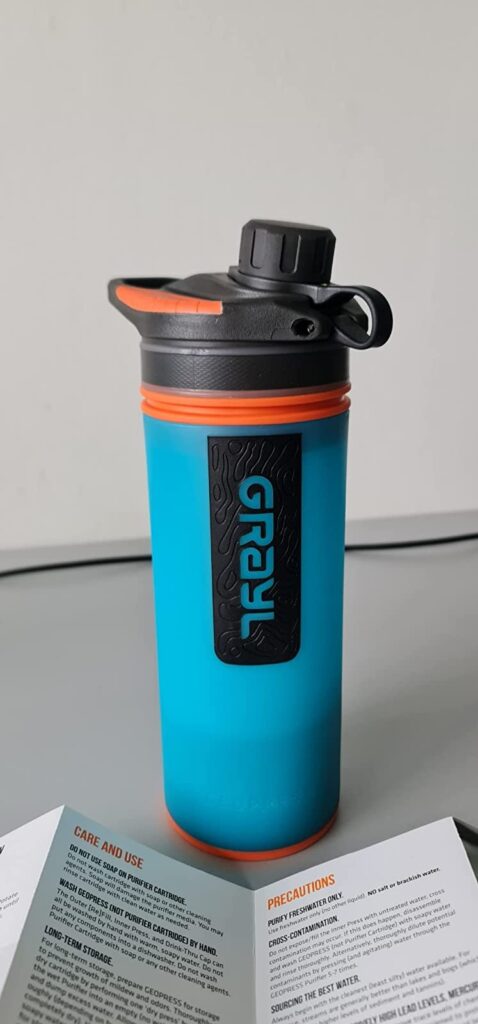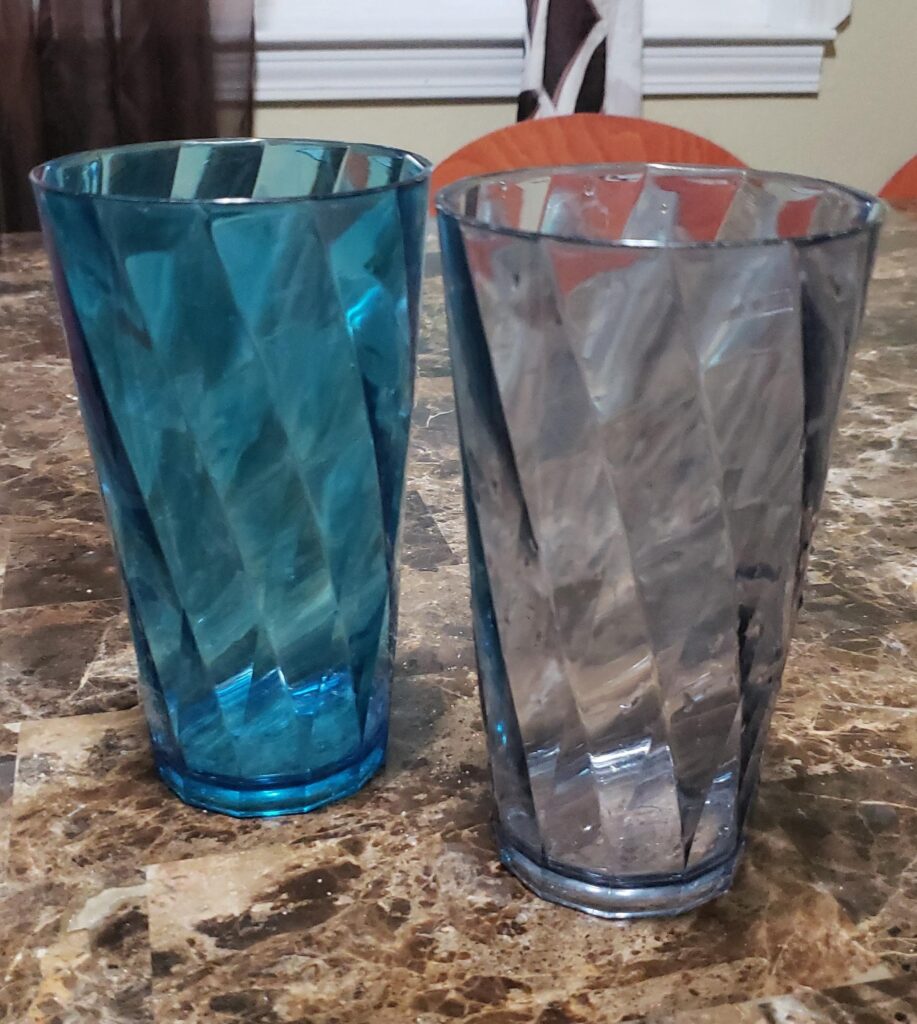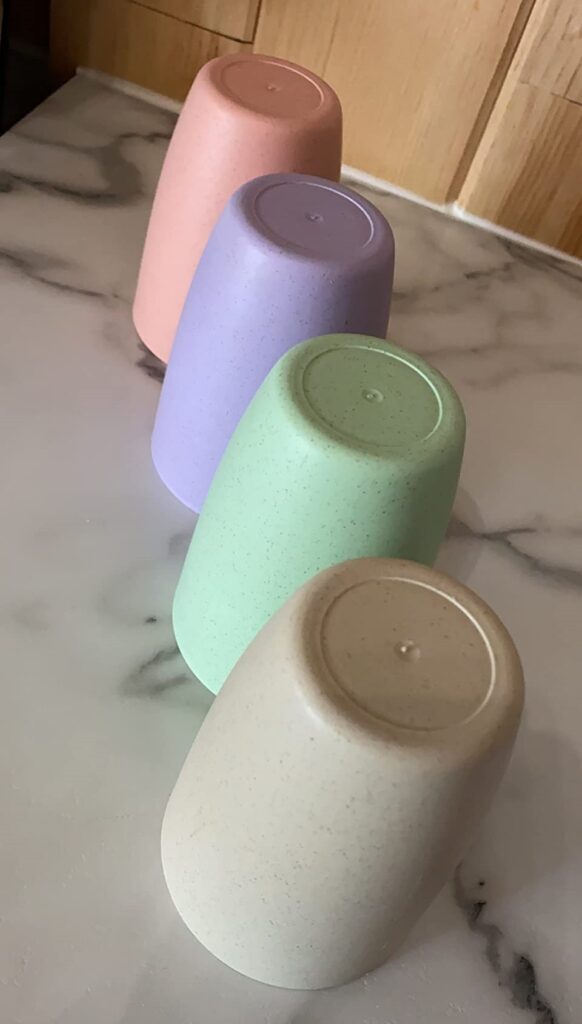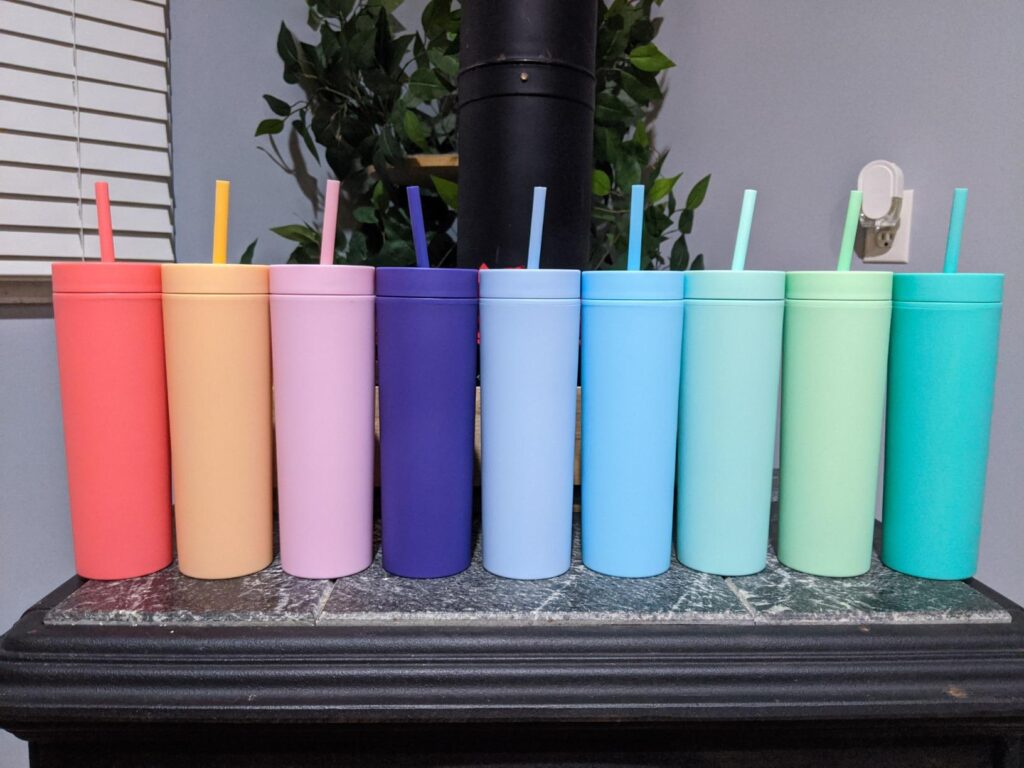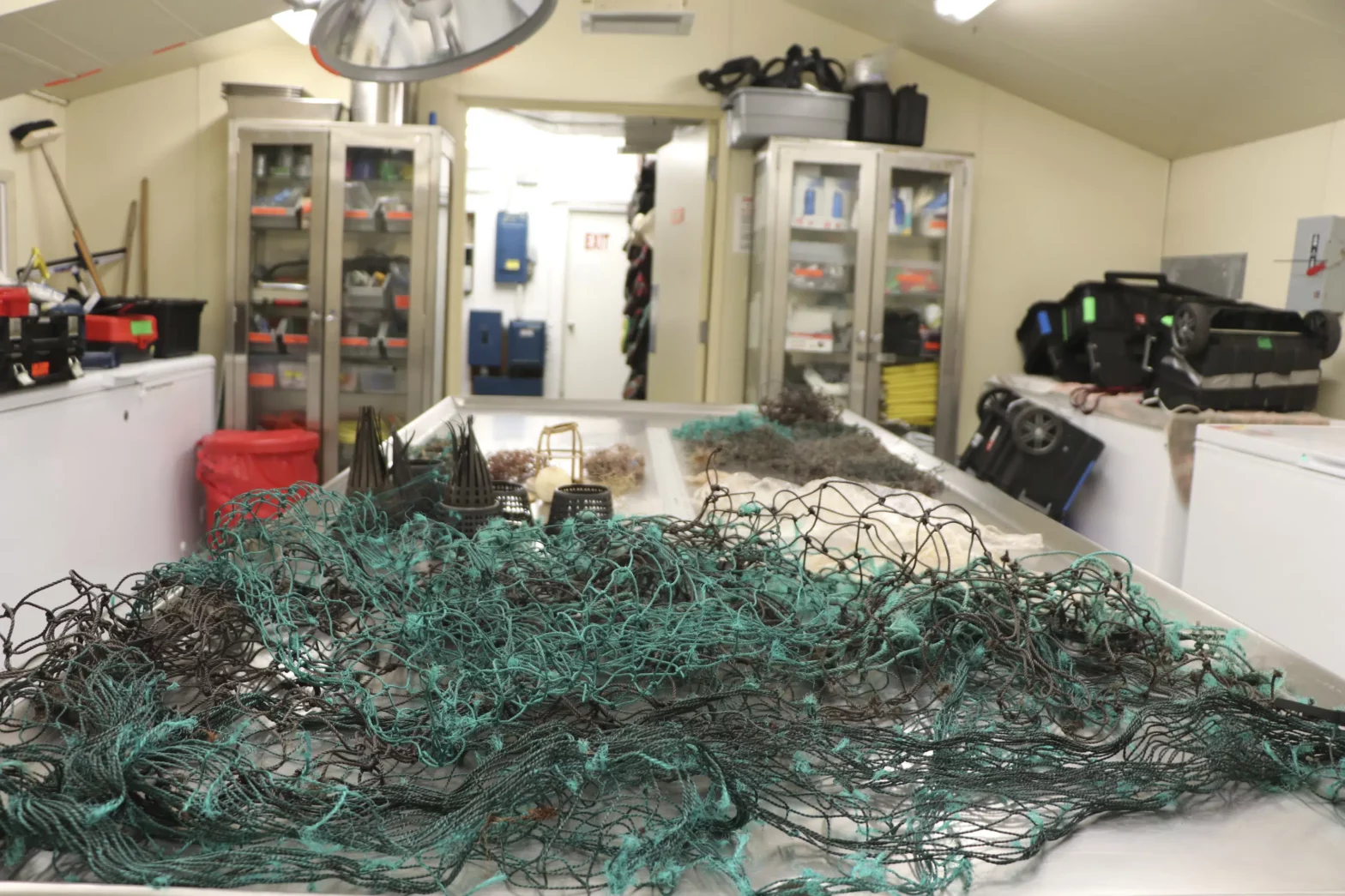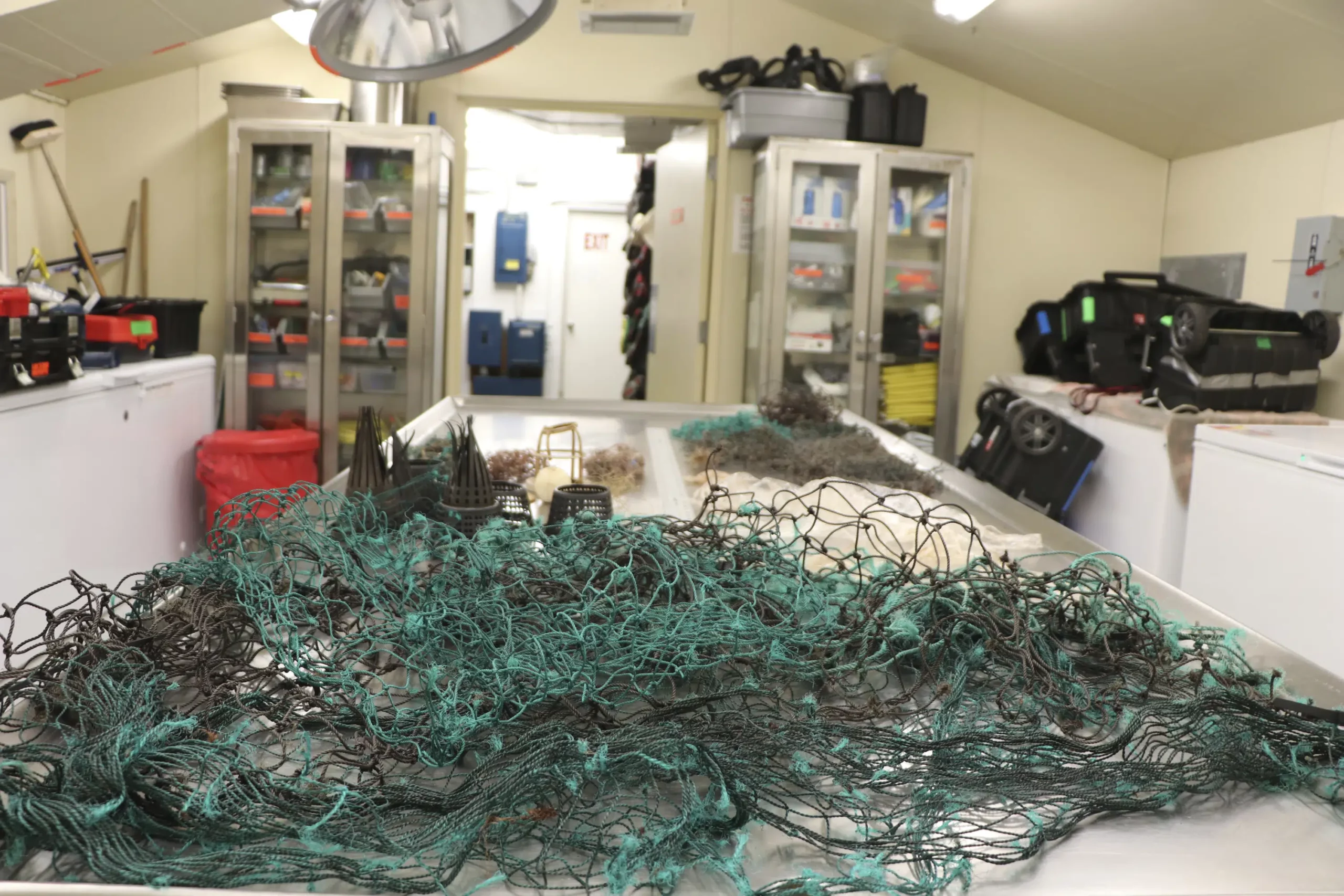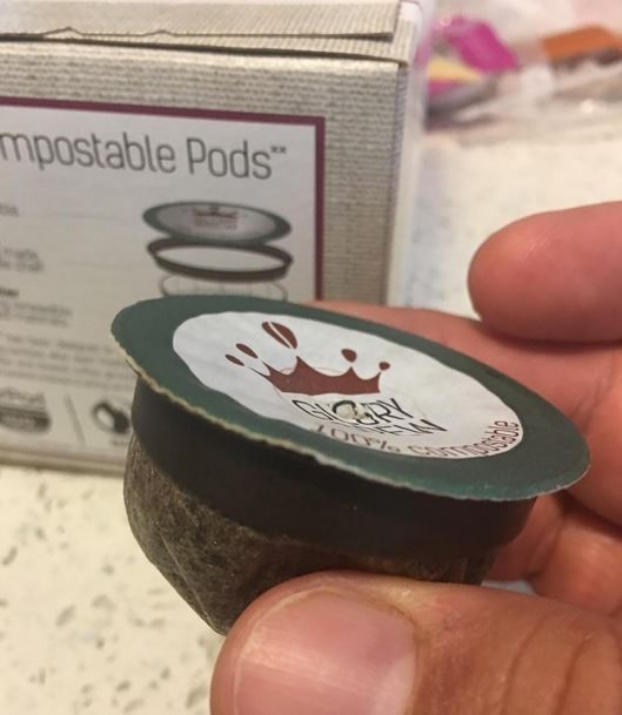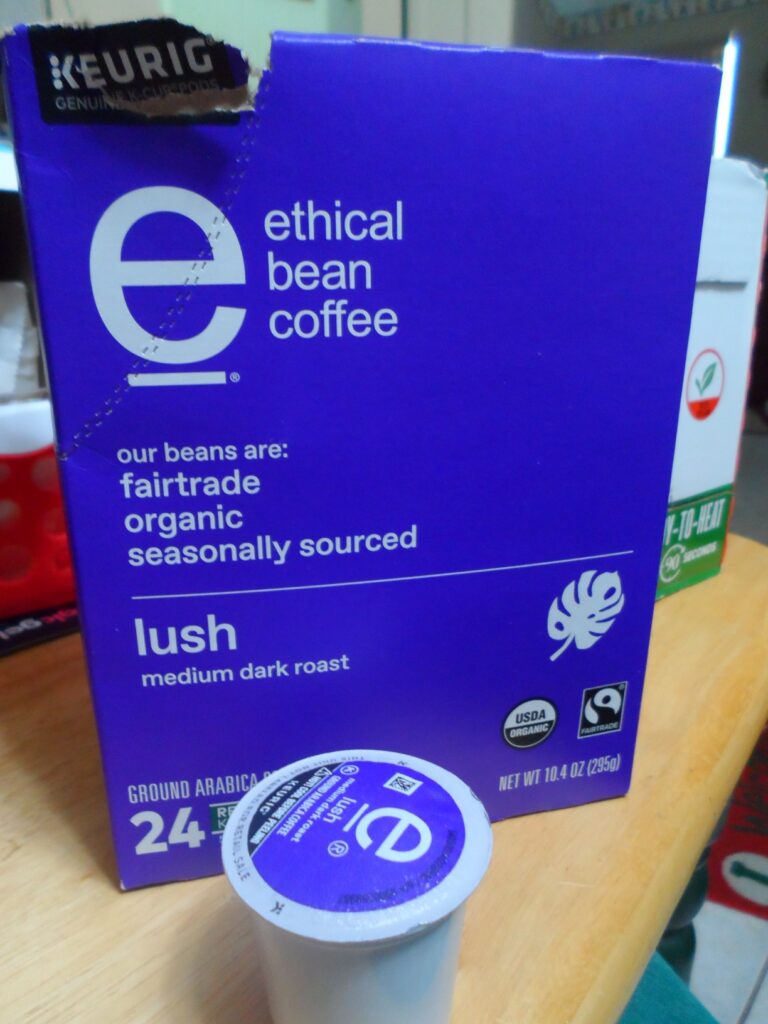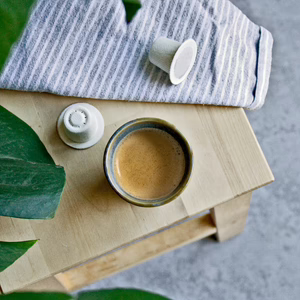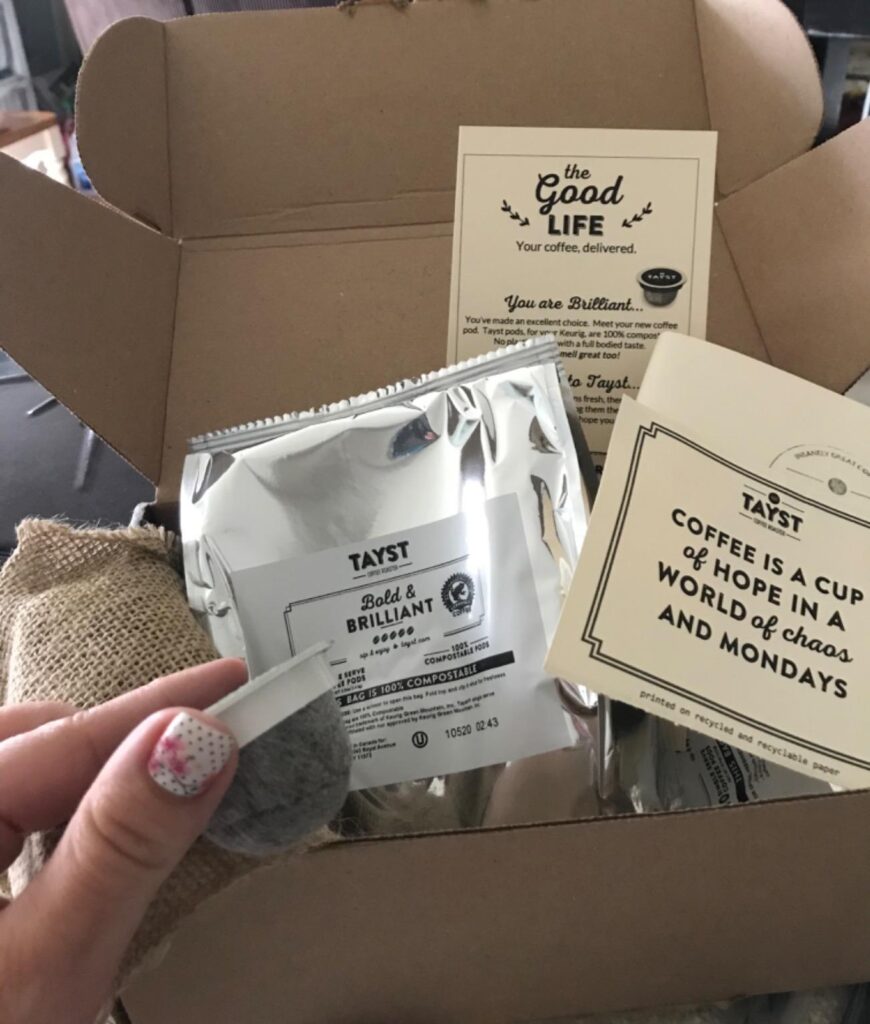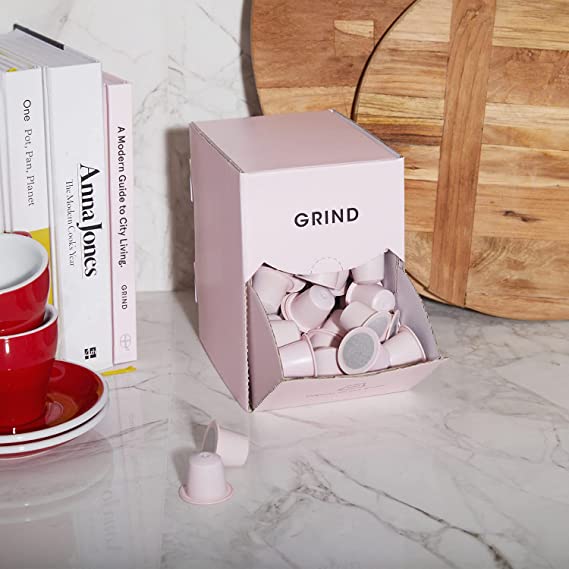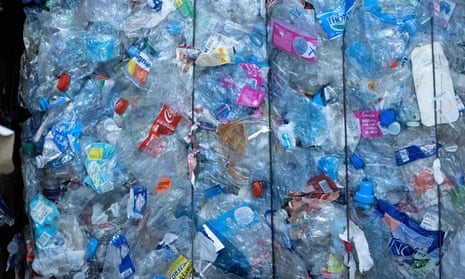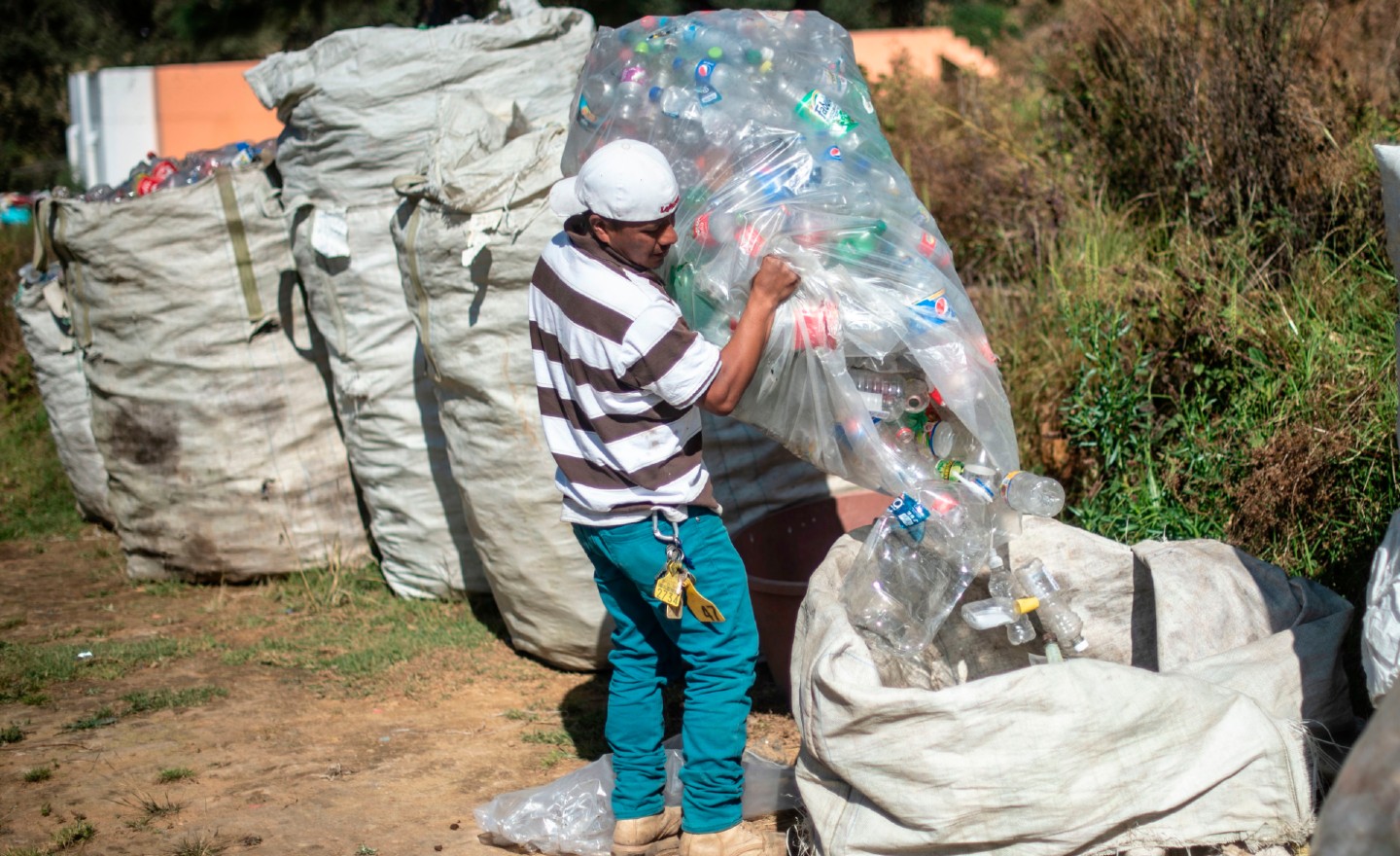
The Organization for Economic Cooperation and Development (OECD) published a report last year finding that plastic pollution is quickly increasing as waste management and recycling efforts are falling short. The organization found that the world is producing twice as much plastic waste as two decades ago, now 353 million metric tons (mt), with the bulk of it ending up in landfill, incinerated or leaking into the environment, and only 9 percent successfully recycled. The OECD’s first Global Plastics Outlook report shows that as rising populations and incomes drive increases in the amount of plastic being used and discarded, policies to decrease it are failing. The OECD states that reducing plastic waste will require, among other things, cooperation through innovation and efforts to improve waste management. The United States, given its new, yet little know, national recycling strategy is the latest attempt by the country and the U.S. Environmental Protection Agency (EPA) to do just that. The questions is: Can anyone describe the new strategy?
The essence of strategy, according to economist, business strategist and Harvard Professor Michael Porter, is choosing what not to do. This perspective is very important here as the United States is attempting to please everyone with the new strategy (it is to increase the recycling rate by 50 percent by 2030, by the way). History tells us however that, without creating urgency around the effort, very little will be accomplished over the next seven years whether we have cooperation or not. If we are to look back over this same period of time, we will see that the numbers and application points for plastic have only skyrocketed even with many cooperative team efforts to reduce plastic use and increase recycling within both the public and private space.
The majority of plastics produced today are virgin plastics that are made from gas or crude oil. According to OECD’s outlook report, global production of plastics from recycled plastics constitutes a mere 6 percent of production. In this day of carbon accounting, it is interesting to know that plastics account for 3.4 percent of global greenhouse gas emissions and, without management, are expected to rise considerably. Nearly two-thirds of plastic waste comes from plastics with lifetimes of under five years, with 40 percent coming from packaging. As mentioned above, only 9 percent of plastic waste is recycled. 15 percent of plastic is collected for recycling but 40 percent of that is disposed of as residues that cannot be effectively reconstituted. In the U.S., 73 percent of plastic is landfilled while 19 percent is incinerated, and 4 percent is recycled while 4 percent is uncollected.
OECD has found that there is now an estimated 30 metric tons of plastic waste in oceans, and a further 109 metric tons has accumulated in rivers. The build-up of plastics in rivers implies that leakage into the ocean will continue for decades to come. This is true even if plastic waste could be significantly reduced.
All of the above begs the question whether our plastic dilemma is at a crisis point deserving of voluntary cooperative management efforts or a truly strategic organization set out with the urgency to actually make a dent in this problem. There are paths for this with laws such as the Save Our Seas 2.0 Act, which mandates EPA to collaborate with key partners to identify recommendations for overcoming barriers to recycling. Congress also passed the Infrastructure, Investment and Jobs Act that provides $350 million for EPA to implement the Solid Waste Infrastructure for Recycling grant program to implement this vision.
In addition, the EPA has announced its national recycling strategy.
The National Recycling Strategy is organized by five strategic objectives in its attempt to create a more resilient national recycling system:
1. Improve markets for recycling commodities.
2. Increase collection and improve materials management infrastructure.
3. Reduce contamination in the recycled materials stream.
4. Enhance policies to support recycling.
5. Standardize measurement and increase data collection.
EPA plans to collaborate across all levels of government, including Tribal nations, as well as with public and private stakeholders to achieve these ambitious goals, but do these goals have the urgency that is needed to meet the ultimate mission?
Let’s focus for a minute one of the EPA strategy’s objectives in particular: “Continue to fund research, development, demonstration and deployment of new
Technologies and processes for recycling.” Partnerships are to include universities, private industry and other research organizations. This type of cooperative space can provide dividends for the strategy if, and I would say, only if EPA creates an entrepreneurial environment where social innovation can thrive and EPA’s why, embedded in the national recycling strategy, matches up with how the work will be accomplished on the ground. At Duke University and Duke Hospital, where I work, we are undergoing research in this management space and welcome the aid.
Management consultant Peter Drucker, in his book “Management,” stated that unless we determine “what the yardstick of measurement in an area will be, the area itself will not be seen.” The EPA has now rolled out a “yardstick” implementation platform that will seemingly manage the national recycling strategy. This platform aims to help stakeholders learn to see, plan and act. For this yardstick to work however, the question must become: How does the EPA influence these stakeholders to act with urgency so its new funding leads to real change and the outcomes the country is looking for? Other countries recycle at much higher rates than the U.S., some nearing 65 percent, so let’s hope the new efforts being rolled out by EPA can have a specific, measurable, attainable and timely impact.
Jeremy Pare is a visiting assistant professor business and environment.at Duke University’s Nicholas School of the Environment in its Environmental Science and Policy Division Business and Environment Concentration. He also is an associate professor at Thomas College in Maine as part of its MBA program and consults with the Maine Manufacturer’s Extension Program focusing on change management.
EPA
Fossil fuels
OECD
oil and gas
Plastic
Plastic pollution
recyclable plastic
Recycling
Waste management

